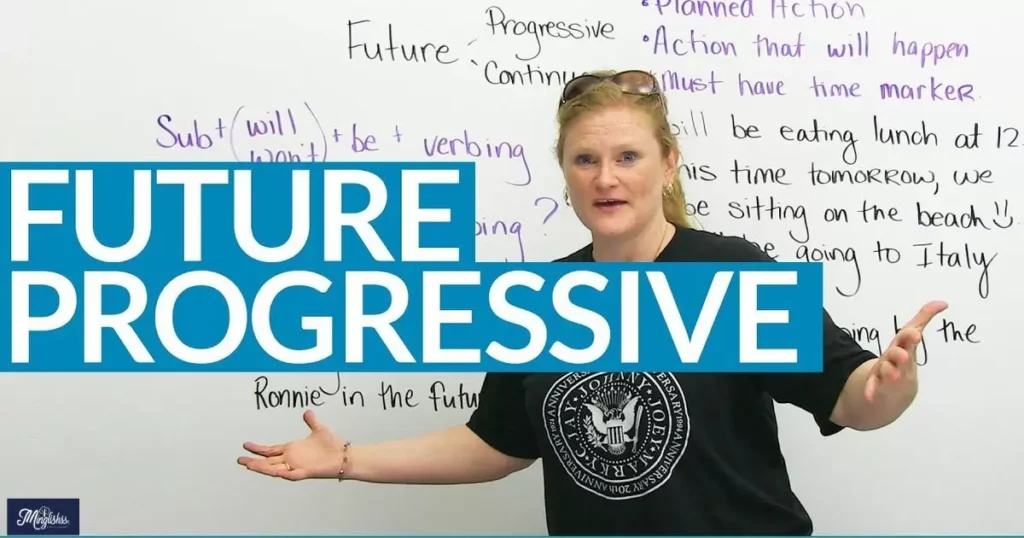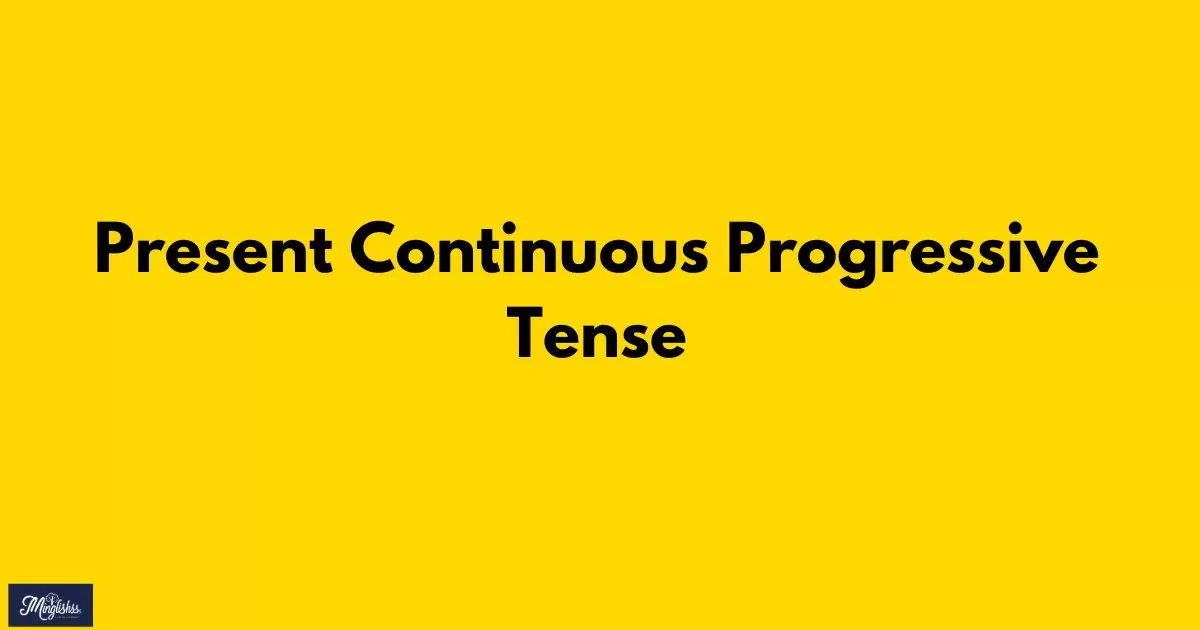The present continuous progressive tense is a crucial part of English grammar, allowing us to describe actions that are happening at this very moment or ongoing activities. Understanding how to use this tense correctly can greatly improve your communication skills and clarity in English.
In this guide, we’ll break down the present continuous progressive tense into simple, understandable sections. We’ll cover its formation, uses, common mistakes, and provide plenty of examples to help you master it.
By the end, you’ll have a solid grasp of how to use this tense effectively in your daily conversations and writing.
Let’s dive into the details of the present continuous progressive tense and make it an easy part of your English skill set!
What is the Present Continuous Progressive Tense?
The present continuous progressive tense, also known as the present progressive tense, is used to describe actions that are happening right now or are ongoing. It can also describe future plans or actions that are temporary.
Formation of the Present Continuous Progressive Tense
To form the present continuous progressive tense, use the following structure:
- Structure:
- Affirmative: Subject + am/is/are + verb + -ing (e.g., “She is reading”).
- Negative: Subject + am/is/are + not + verb + -ing (e.g., “They are not playing”).
- Interrogative: Am/Is/Are + subject + verb + -ing? (e.g., “Are you studying?”)
Examples:
- She is working on her project.
- We are not watching TV right now.
- Is he coming to the party?
Uses of the Present Continuous Progressive Tense
The present continuous progressive tense has several key uses:
1. Actions Happening Right Now
Use the present continuous progressive tense to describe actions taking place at the moment of speaking.
- Examples:
- I am typing an email.
- She is cooking dinner.
- They are reading a book.
Note: This tense emphasizes the action is ongoing at this specific moment.
2. Temporary Actions
It is used for actions that are temporary, even if they are not happening right now.
- Examples:
- He is staying with his friend for a week.
- We are working on a short-term project.
- She is learning French this semester.
Note: This tense indicates that the action is not permanent but is happening during a temporary period.
3. Future Plans

The present continuous progressive tense can also be used to talk about planned future events.
- Examples:
- I am meeting my friends tomorrow.
- They are flying to New York next week.
- She is starting her new job next month.
Note: Use this tense to discuss arrangements or plans that have already been made.
4. Annoying Habits
It can describe annoying habits or actions that happen frequently, often with adverbs like “always” or “constantly”.
- Examples:
- He is always interrupting during meetings.
- They are constantly complaining about the weather.
- She is always leaving her things everywhere.
Note: This usage often conveys irritation or frustration.
Present Tense: A Detailed Guide to Understanding and Using It
Common Mistakes with the Present Continuous Progressive Tense
Here are some common errors to watch out for:
1. Using the Wrong Form of the Verb “To Be”
- Incorrect: I am go to the store.
- Correct: I am going to the store.
- Explanation: Ensure you use the correct form of “to be” (am/is/are) with the verb in -ing form.
2. Forgetting the -ing Suffix
- Incorrect: She is cook dinner.
- Correct: She is cooking dinner.
- Explanation: Always add -ing to the base form of the verb.
3. Mixing Tenses
- Incorrect: I am going to the park yesterday.
- Correct: I went to the park yesterday.
- Explanation: Do not mix the present continuous progressive with past time expressions.
Examples of Present Continuous Progressive Tense
Here are more examples to illustrate the use of the present continuous progressive tense:
1. At the Moment
- I am reading a fascinating book.
- She is writing a report right now.
- They are practicing for their upcoming concert.
- He is answering the phone.
- We are enjoying our vacation.
2. Temporary Actions
- I am staying at my cousin’s house for the weekend.
- She is working part-time this summer.
- They are renting an apartment while their house is being renovated.
- He is taking an online course this semester.
- We are learning new software at work.
3. Future Plans
- I am attending a conference next month.
- She is visiting her grandparents next weekend.
- They are launching a new product next quarter.
- He is going to a concert next Friday.
- We are hosting a family reunion in July.
4. Annoying Habits
- He is always talking during the movie.
- She is constantly losing her keys.
- They are forever asking for favors.
- He is always complaining about the food.
- We are constantly receiving junk mail.
Answers to Key Questions
Q1: What is the difference between present continuous and present simple?
A1: The present continuous tense describes actions happening right now or ongoing, while the present simple tense describes regular or habitual actions.
Q2: How do I form negative sentences in the present continuous tense?
A2: Use “am/is/are not” + verb + -ing. For example, “She is not watching TV”.
Q3: Can the present continuous tense be used for future plans?
A3: Yes, it can be used to describe future plans or arrangements, such as “I am meeting him tomorrow.”
Q4: When should I use the present continuous tense for temporary actions?
A4: Use it for actions that are temporary, like “He is staying with us until next week.”
Q5: Are there any common mistakes to avoid with the present continuous tense?
A5: Common mistakes include using the wrong form of “to be”, forgetting the -ing suffix, or mixing tenses improperly.
Conclusion
The present continuous progressive tense is a versatile and essential part of English grammar. By mastering this tense, you can accurately describe actions happening now, temporary situations, and future plans. Understanding and using it correctly will improve both your spoken and written English.
Keep practicing with these guidelines and examples, and soon the present continuous progressive tense will become a natural part of your language skills. Happy learning!

Hi, I’m Ethan Matthews: I make English easy with my clear and simple teaching style. I love helping learners feel confident in every lesson.










